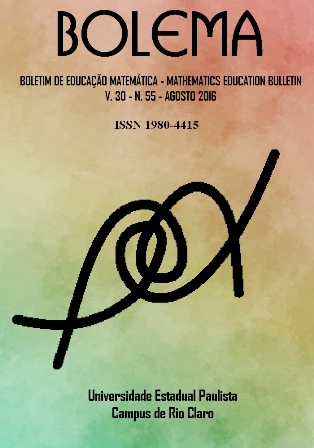Preschool Students' Understanding of a Geometric Shape, the Square
Palavras-chave:
Teacher Education. Early Childhood Education.Resumo
The purpose of this study was to explore preschool children's conceptual understanding of geometric shapes, the square in particular. There were a total of 115 children, 61 girls and 54 boys, from state preschool education programs, who participated in the study. The data were collected in two semesters through interviews in a one-on-one setting, where the researchers administered a paper-pencil test to the participants. The test included six questions. One question asked children to draw a square, one question asked to select the square among three other geometric shapes, three questions asked to differentiate the square among five to seven geometric shapes which were printed in rotated directions and in various fonts and sizes and one question asked to identify a picture of a square-like real life object among a selection of pictures. The findings showed that 65% of children were able to draw a square accurately, and 77% of children were able to identify a picture of a square-like object. Approximately 69% were able to differentiate three squares in different sizes among five geometric shapes, while 27% of the remaining were not able to identify the square in smaller sizes. Approximately 79% in one task and 56% in another task were unsuccessful in identifying squares in rotated directions. Moreover, there was no gender difference in the test between boys and girls. Findings were interpreted linking to Duval's theory, van Hiele's theory, Prototype theory and Simon's task design model.Downloads
Arquivos adicionais
Publicado
2016-06-06
Edição
Seção
ARTIGOS
Licença

>>>>> BOLEMA: Mathematics Education Bulletin = BOLEMA: Boletim de Educação Matemática, Rio Claro, SP, Brasil - eISSN 1980-4415 - está licenciado sob Licença Creative Commons


